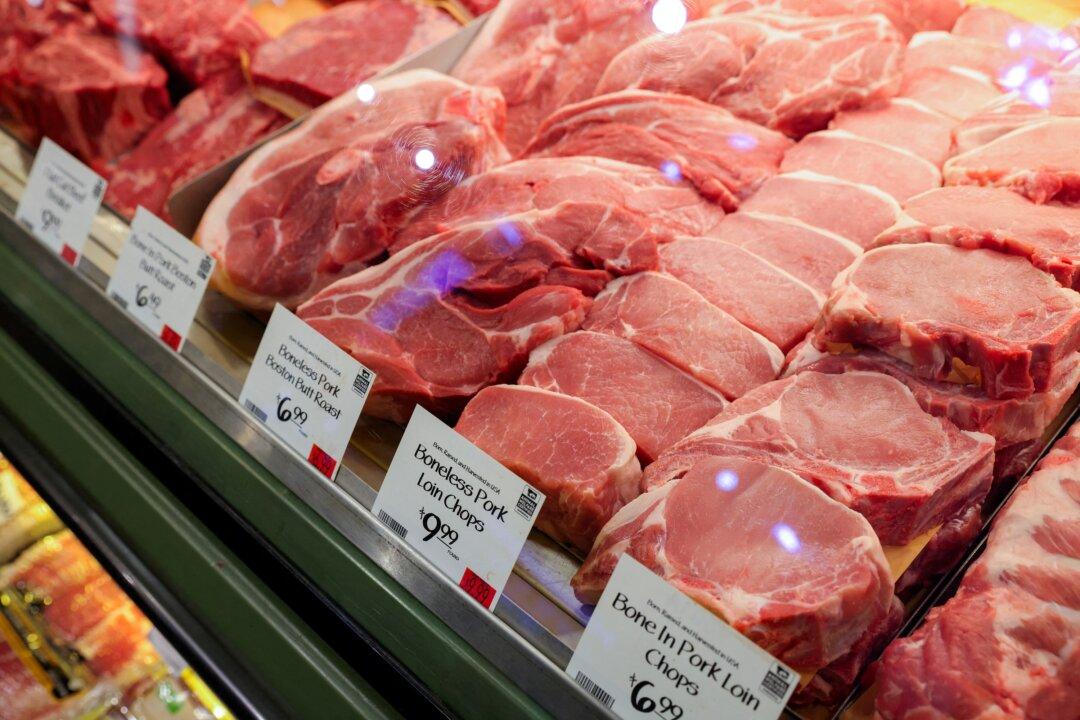America’s love of meat is about to get more expensive.
Market forecasts predict consumers will pay more across the board for beef, pork, and chicken due to factors like rising feed costs and acute labor shortages.

America’s love of meat is about to get more expensive.
Market forecasts predict consumers will pay more across the board for beef, pork, and chicken due to factors like rising feed costs and acute labor shortages.